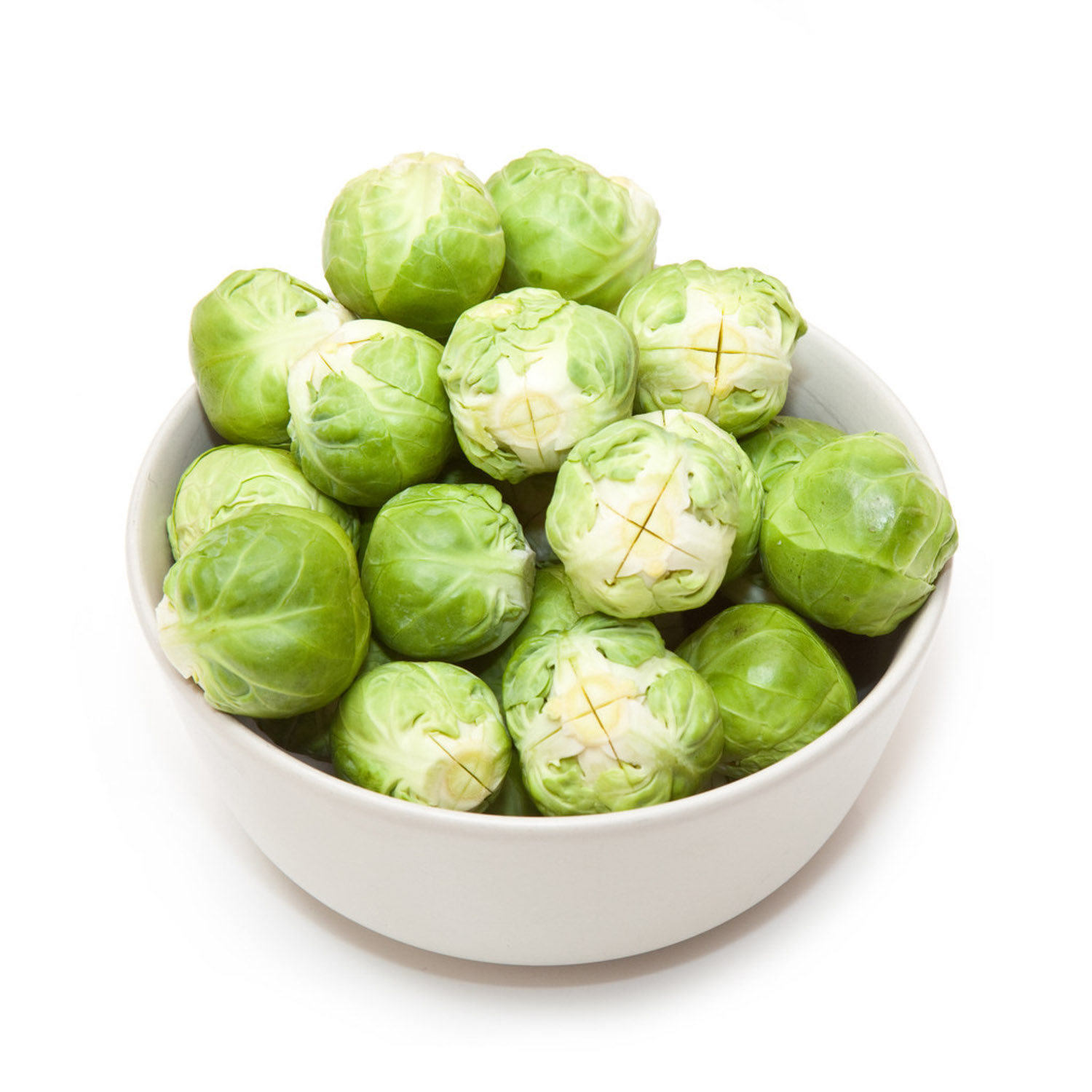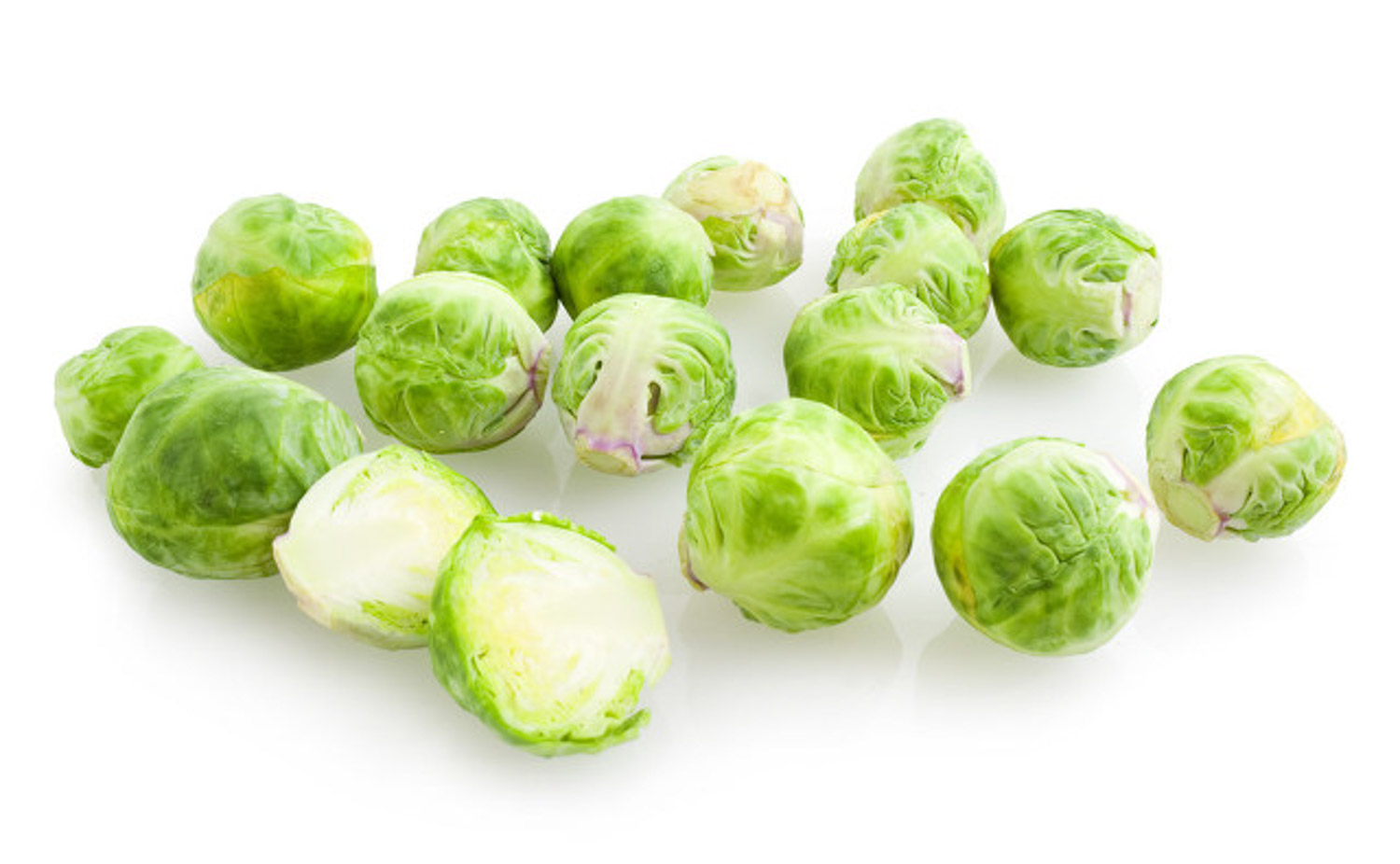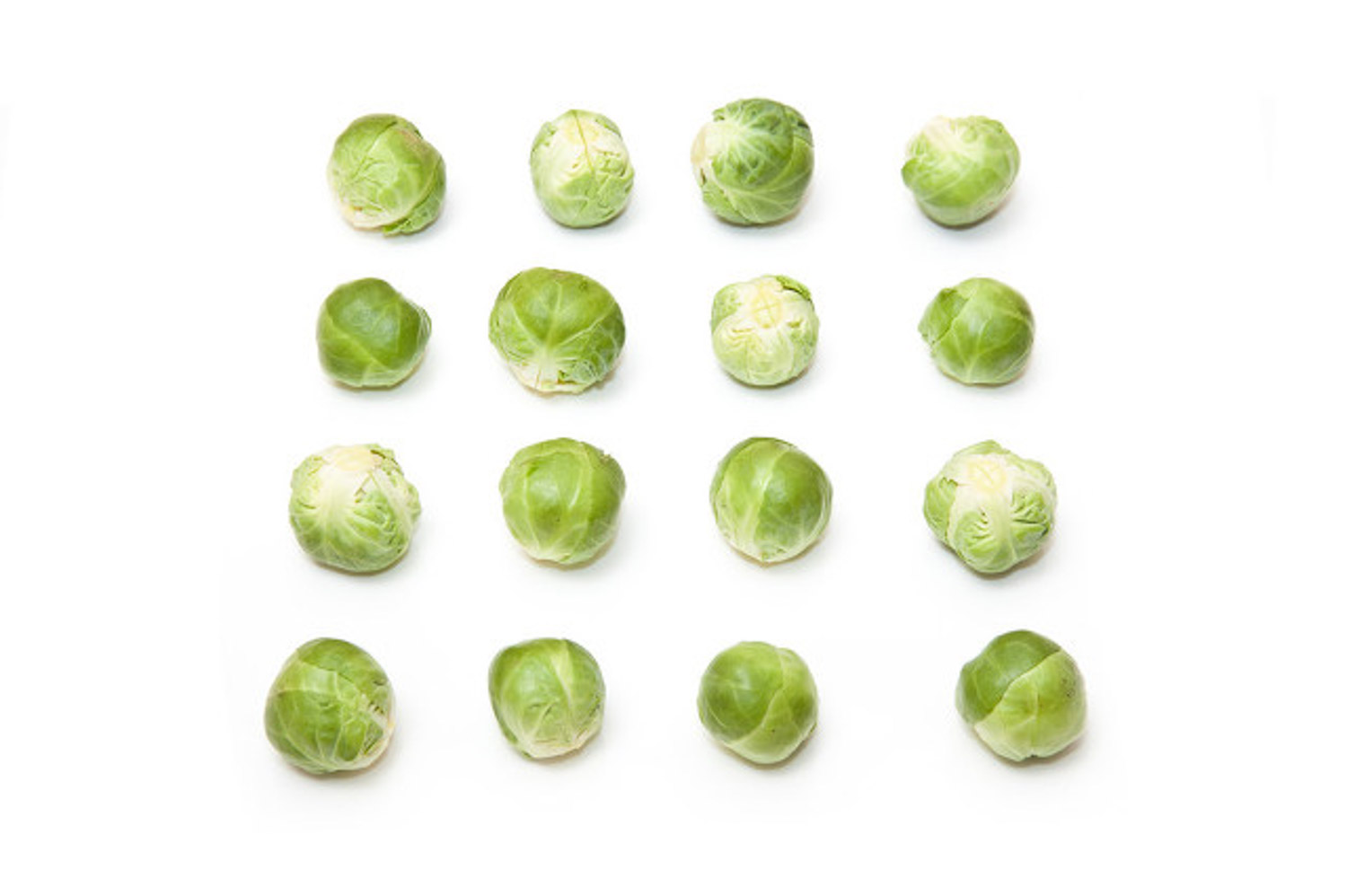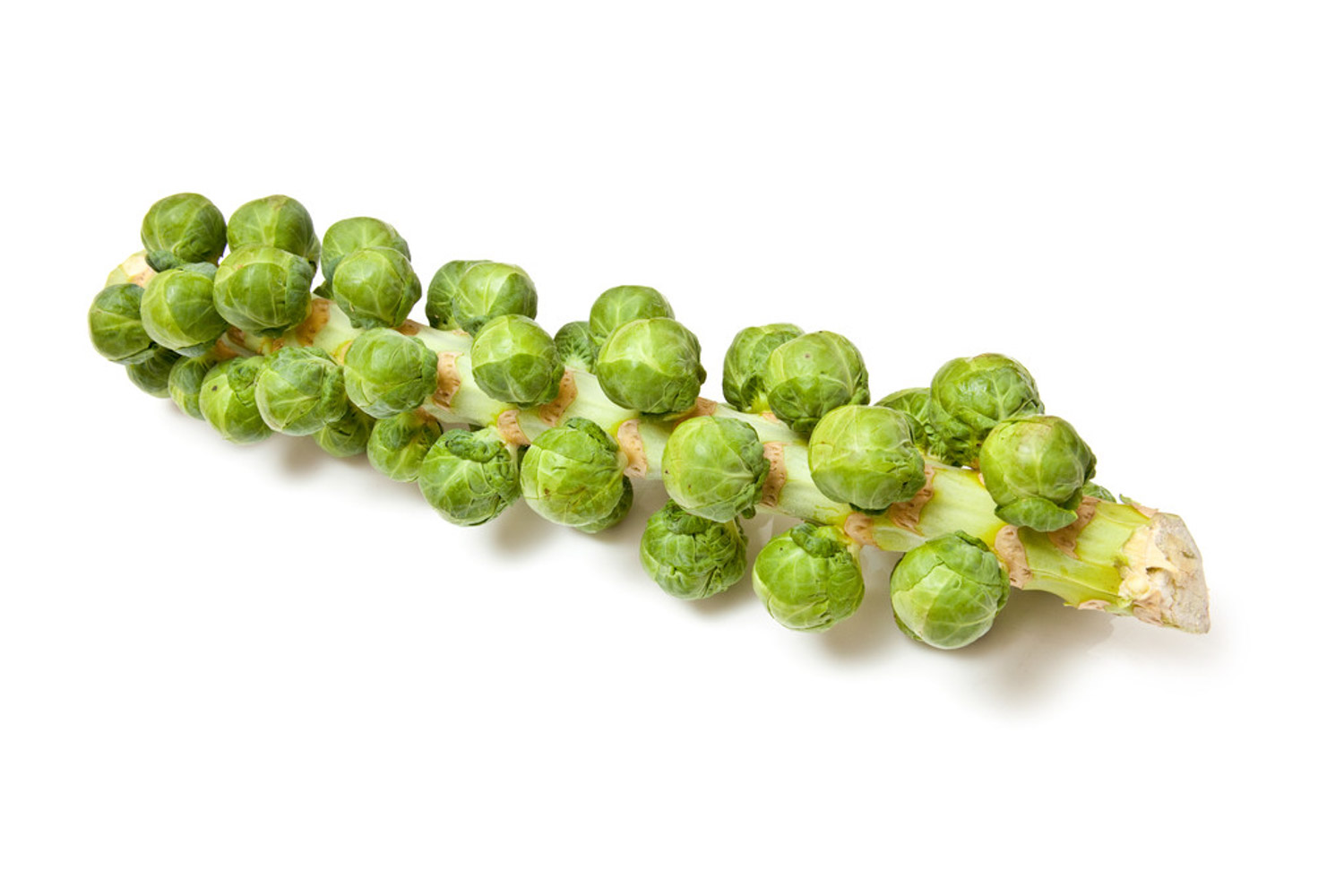1、 Curing method
1. Temperature: the most suitable ambient temperature for its growth is 12-20 ℃. During the seedling period, the growth temperature should be kept at about 10 ℃ as far as possible, which has a certain cold resistance, but it needs to be kept in a cool place in summer
2. Soil: it is not very demanding on soil, but it will grow better in soil rich in humus. When preparing soil, garden soil and humus soil should be mixed

3. Light: it likes to grow in a cool place. When it is young, it should be covered with black sunshade cloth during the day and uncovered at night. Try to avoid direct sunlight
4. Fertilizer: in the process of breeding, nitrogen fertilizer should be applied to it after planting, and the amount of fertilizer should be adjusted according to its growth, which should be applied every five days or so

2、 Breeding skills
1. Pruning: when there is a small bud in the middle, its old leaves can be removed, which is conducive to ventilation and light transmission, and can also provide more concentrated nutrients for the development of the bud
2. Propagation: the most common way of propagation is sowing propagation. The sowing time is the best in August. A thin layer of soil is placed on the back cover of sowing, watered and kept slightly moist

3、 Diagnosis and treatment problems
1, disease: common diseases of Brassica oleracea are black rot. This is a kind of devastating, often rainy, damp and sultry weather. After the discovery, 200 Bordeaux spray should be used as soon as possible for 3-4 times a week. p>
2. Pest: Pieris rapae is a common pest. It often attaches to the stems and leaves of plants for gnawing. After finding it, it can be removed and killed with tweezers in time. Pay attention to the timely removal of leaves with insect eggs

4、 Other issues
1. Edible: Brussels sprout can be eaten. It can be eaten as a vegetable. It is more common to eat it fried or raw. Most people can eat it
2. Indoor breeding: Yes, you should pay attention to regular ventilation during indoor breeding. It can not only be used for food, but also add a touch of green to the room, which is very practical


 jackfruit
jackfruit snake plant
snake plant hibiscus
hibiscus hydrangea
hydrangea lavender
lavender Green roses climb al...
Green roses climb al... If you don't pay att...
If you don't pay att... Management of four g...
Management of four g...

































